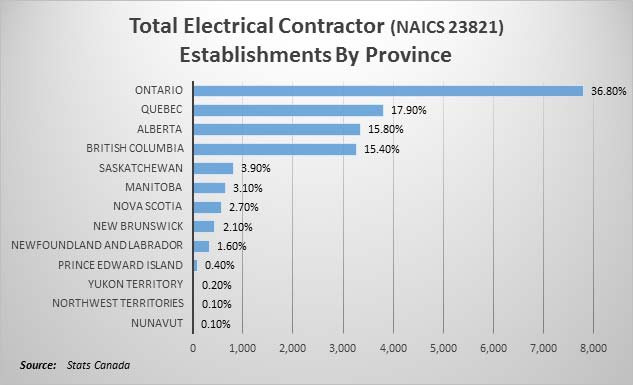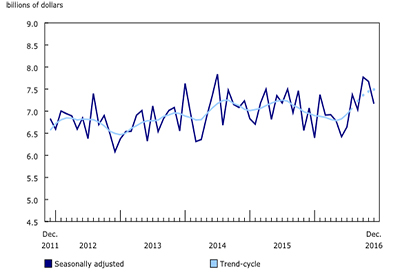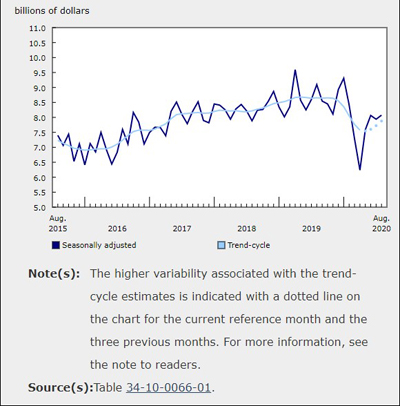Development, Implementation & Auditing Your Electrical Safety Program

September 17, 2021
By Terry Becker, P.Eng., CESCP, IEEE Senior Member
The CSA Z462 Workplace electrical safety Standard published its 2021 Edition in January. A mandatory requirement for an employer is developing, implementing, and auditing an Electrical Safety Program. If you have an Electrical Safety Program, is it up to date in its policies, practices and procedural requirements, is it performing as expected? Workers do not necessarily do what you expect, they do what you inspect! Management of change is required.
I have been involved in supporting industry with respect to shock and arc flash hazards in the workplace and in understanding what needs to be done to ensure worker safety, that effective defendable due diligence is established, and evidence of compliance is available related to occupational health & safety regulations both Provincial, Territorially or Federally. I am in Ontario this week completing a detailed Electrical Safety Audit at multiple enterprise facilities.
Historically I have identified that buying arc flash PPE, sending your Qualified Electrical Workers on “arc flash training” or “arc flash awareness” training, having an arc flash hazard incident energy analysis study completed, and applying arc flash & shock equipment labels to electrical equipment is not adequate due diligence. I call this “bottom up hierarchy or risk control methods.”

Figure 1 – Hierarchy or Risk Control Methods
In CSA Z462 Clause 4.1.7 Electrical Safety Program, Clause 4.1.7.2 Auditing it outlines mandatory requirements that the employer’s Electrical Safety Program be: “audited to verify that the principles and procedures of the Electrical Safety Program are in compliance with this Standard,” and that “field work be audited to verify that the requirements contained in the procedures of the Electrical Safety Program are being followed.” Clause 4.1.7.2 also includes a requirement that separately mandates an employer’s lockout program and procedures shall be audited by a qualified person at intervals not to exceed 1 year. The Electrical Safety Program audit frequency should not exceed one year, while field work audits should be completed annually.
With respect to developing the Electrical Safety Program, CSA Z462 Workplace electrical safety, Clause 4.1.7 Electrical Safety Program the notes reference the user of CSA Z462 to Annex A where a framework is provided for establishing a comprehensive Electrical Safety Program based on the requirements of CSA Z45001 and as a component of the employer’s overall occupational
health and safety program.
We can also reference “CSA Z45001 Occupational Health & Safety Management Systems – Requirements with Guidance for Use” directly, Clause 3.0 Terms and References directly for a detailed definition of audit:
“Systematic, independent and documented process for obtaining audit evidence and evaluating it objectively to determine the extent to which the audit criteria are fulfilled.
Note 1: An audit can be an internal audit (first party) or an external audit (second party or third party), and it can be a combined audit (combining two or more disciplines).
Note 2: An internal audit is conducted by the organization itself, or by an external party on its behalf.
Note 3: Audit evidence and audit criteria are defined in ISO 19011.
Note 4: This constitutes one of the common terms and core definitions for ISO management system standards given in Annex SL of the Consolidated ISO Supplement to the ISO/IEC Directives, Part 1.”
Have you developed a compliant Electrical Safety Program and completed an audit of our Electrical Safety Program?
One of the key differences in the CSA Z462 Workplace electrical safety Standard, 2021 Edition is Annex A Aligning Implementation of this Standard with CSA Z45001 which was completely rewritten to cross reference CSA Z462’s requirements, mapping them to CSA Z45001.
I would encourage you to review CSA Z462 Workplace electrical safety Standard, Clause 4.1.7 Electrical Safety Program and Annex A when you are identifying why you need a developed, implemented and audited Electrical Safety Program.
Without an electrical safety audit completed an employer has no documented validation or verification that:
- That the Electrical Safety Program’s framework/table of contents is compliant to CSA Z462’s requirements.
- The Electrical Safety Program is being utilized.
- That the Electrical Safety Program is being utilized correctly.
- That defined policies, practices and procedural requirements of the Electrical Safety Program are implemented, followed, and enforced where required.
- That the defined arc flash & shock PPE, tools & equipment in the Electrical Safety Program are available, compliant to standards, pre-use inspected before use, being worn/used by Qualified Persons, performing as expected, and are dielectrically tested where required.
- That identified worker roles in the Electrical Safety Program are following the requirements and rules as defined in the Electrical Safety Program.
- That qualified persons are competent, their human performance is normal, and that condition of electrical equipment is normal.
- Ultimately ensuring that the expected Hierarchy or Risk Control Methods required are implemented so that the determined residual risk levels for energized electrical work tasks are valid.
Completing both Internal and External Electrical Safety Audits ensures that the employer’s Electrical Safety Program is compliant in content and is performing as expected and provides measurable and sustainable results. This in turn will ensure that if an employer’s Electrical Safety Program is ever tested based on a significant electrical incident it will pass.
Terry Becker, P.Eng., Certified Electrical Safety Compliance Professional (CESCP), IEEE Senior Member is the first past Vice-Chair of the CSA Z462 Workplace electrical safety Standard Technical Committee and currently a Voting Member and Clause 4.1 and Annexes Working Group Leader. Terry is also a Voting Member on the CSA Z463 Maintenance of electrical systems Standard and a Voting Member of the IEEE 1584 Guide for Performing for Arc-Flash Hazard Calculations. Terry has presented at Conferences and Workshops on electrical safety in Canada, the USA, India and Australia. Terry is a Professional Engineer in the Provinces of BC, AB, SK, MN and ON. Terry is an Electrical Safety Specialist, Management Consultant at TW Becker Electrical Safety Consulting Inc. www.twbesc.ca, and can be reached at 1-587-433-3777 or by email terry.becker@twbesc.ca.
















